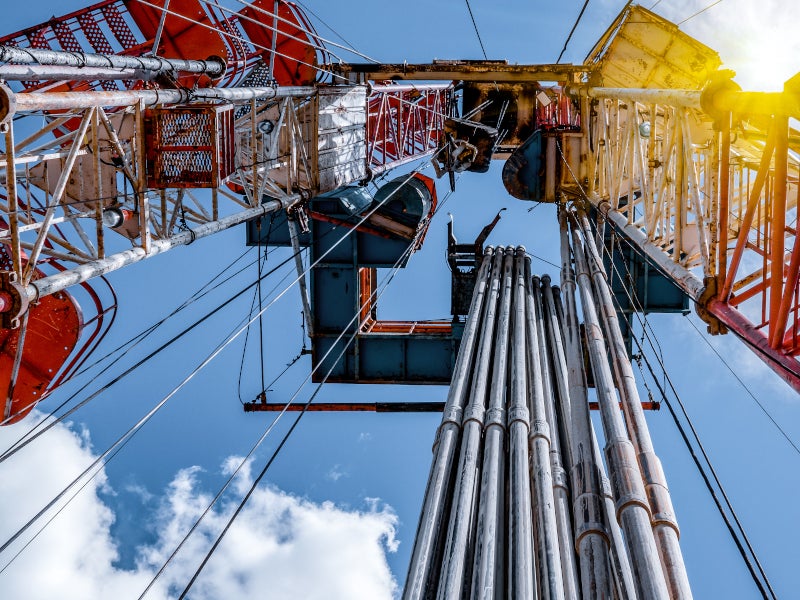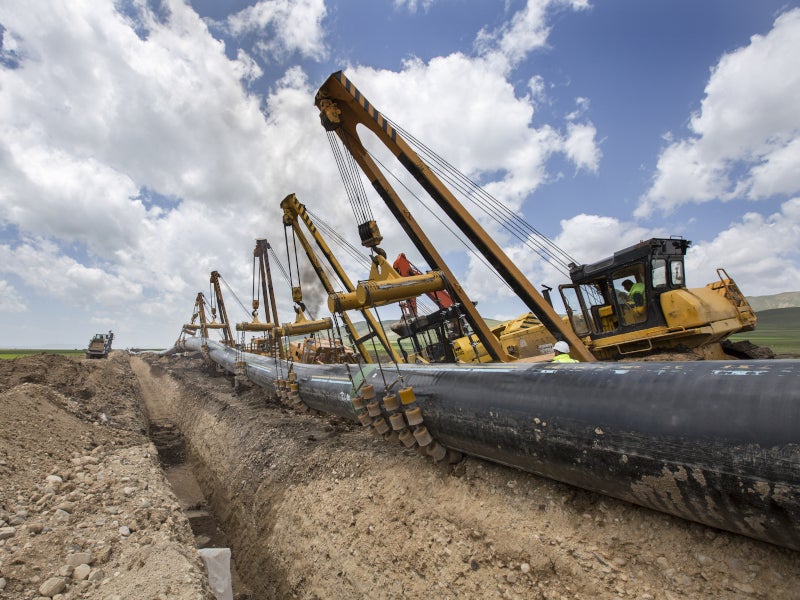The Kingfisher oil field, discovered in 2006, will be one of the first major upstream oil projects to be developed in Uganda.
Chinese state-owned oil and gas company China National Offshore Oil Corporation (CNOOC) holds a 33.33% stake and is the operator of the onshore oil project. The other development partners are Total and Tullow Oil that holds a 33.33% stake each.
Tullow Oil, however, agreed to sell its entire stake in the field as well as the proposed export pipeline to Total in April 2020. The transaction is expected to be completed in the second half of 2020. In the meantime, state-owned Uganda National Oil Company (UNOC) is negotiating to retain a 15% stake in the project.
CNOOC obtained the production license for the project in September 2013, while the front-end engineering design (FEED) study for the project was completed in November 2017.
Uganda’s National Environment Management Authority (NEMA) approved the project in March 2020. The first oil from the project is expected in 2023 while the plateau capacity of the field is estimated to be 40,000 barrels of oil per day (bopd).
Location and field details
Kingfisher field development area is spread over approximately 344km2 in the Lake Albert Rift Basin in western Uganda. The oil field is situated on the eastern bank of Lake Albert, which acts as a border between Uganda and the Democratic Republic of the Congo. It was discovered by the Kingfisher-1 wildcat well in 2006.
The production and processing facilities of the project will be located on the Buhuka Flats at the shores of Lake Albert, in the Kikuube district of Uganda.
Production facilities
The Kingfisher oil field development will comprise four well pads, 20 production wells, and 11 water injection wells.
The well pads will be connected through infield flowlines to a central processing facility capable of producing 40,000 barrels of crude oil a day.
The central processing facility will house oil separators, water treatment facilities, a water injection unit, a gas processing unit along with a power generation plant.
The water extracted from the well fluid as well as additional water supplied from the Lake Albert will be injected for maintaining reservoir pressure, while the gas produced in the facility will be used to run the on-site gas-turbine generators.
The crude oil from the facility is planned to be transported through a 46.5km-long feeder pipeline connecting the export hub and the proposed 60,000bpd Kabaale refinery in Hoima.
The crude output of the Kingfisher project will either be refined at the proposed Kabaale refinery for domestic use or transported to the Tanga Port in Tanzania through the proposed East African Crude Oil Pipeline.
East African Crude Oil Pipeline (EACOP)
The 1,443km-long, 24in-diameter EACOP pipeline will transport crude oil from Kabaale to the Chongoleani peninsula near Tanga port in Tanzania for export to international markets.
The 216,000bpd-capacity trans-border underground pipeline is expected to be the world’s longest electrically heated crude oil pipeline in order to maintain the flow characteristics of the oil.
The length of the Uganda section of the pipeline will be 296km, while the Tanzania section will be 1,147km. The pipeline will have a total of six pumping stations along its route.
The stakeholders of the pipeline project, which is estimated to cost £2.7bn ($3.5bn), are the Uganda National Oil Company (UNOC), the Tanzania Petroleum Development Corporation (TPDC), CNOOC, Total and Tullow Oil. Total agreed to buy Tullow’s stake in the pipeline in April 2020.
Contracts awarded for the Kingfisher oil field development
China Offshore Oil Engineering Company (COOEC), a subsidiary of CNOOC, conducted the front-end engineering design (FEED) study for the Kingfisher oil field development project.
US-based Gulf Interstate Engineering (GIE) received a FEED contract for the East African Crude Oil Pipeline (EACOP) in December 2016.





